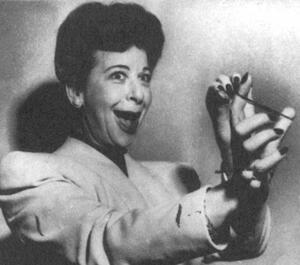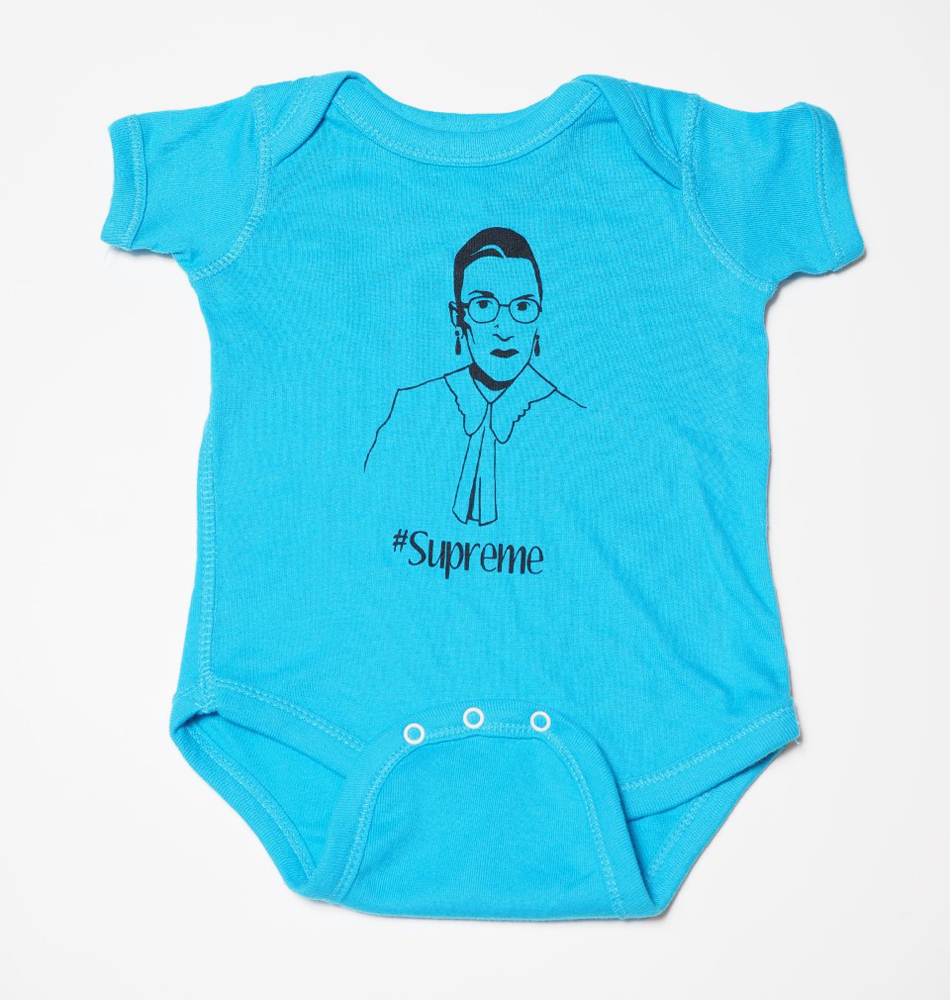Fanny Brice's Ziegfeld Follies debut
In her unfinished autobiography, Fanny Brice wrote, "I lived the way I wanted to live and never did what people said I should do." What Brice wanted to do was act, and in a career that spanned over four decades, she achieved success as a comic actress on Broadway and on radio. Born in New York City in 1891, Brice acted in neighborhood amateur contests as a child, and determined early in life that she wanted a professional performing career.
Her first break came in 1907, when she joined a touring production of The Royal Slave, a popular melodrama. When the acting company went bankrupt, she joined a burlesque troupe, with which she performed for three years. It was in the 1909-1910 season that she first performed Irving Berlin's comedy song, "Sadie Salome, Go Home." Brice made the song a hit by performing it with a pronounced Yiddish accent. Though Brice reportedly spoke no Yiddish, she played into the popularity of ethnic comedy by adopting stereotypical mannerisms and the accent.
The style that Brice adopted for "Sadie Salome," relying on physical comedy, parody, and an accent, became her trademark for the rest of her career. Performing similar characters of her own creation, she found success in the Ziegfeld Follies, where she first performed on June 20, 1910, and where she ultimately performed for nine seasons. Brice was less successful in serious roles. In 1918's Why Worry? and in 1926's Fanny, she attempted to establish herself as a dramatic actress, but both shows were critical flops. During the 1920's, however, she continued to appear in the Follies and also made several successful records. In the 1921 Follies, she performed an uncharacteristically serious song, "My Man", which was a success with audiences. Yet when she became the first woman to star in a sound motion picture, also called My Man, the film was a box-office disaster. She later made five more movies, none a success.
Despite these disappointments, Brice continued to find success when she performed as a comedienne. In 1930 and 1931, she appeared in the musical revues Sweet and Low and Crazy Quilt and also began a series of popular radio broadcasts. In the late 1930s, Brice created the character for which she is perhaps best remembered, Baby Snooks. Snooks, a character Brice played for over a decade, was a terrible toddler without a trace of Yiddish accent. In 1938, Brice began a weekly radio program in which she played only Baby Snooks. Despite competition from the new medium of television, Brice's show remained popular until the end of her life. Brice died from a stroke on May 29, 1951. In her obituary, the New York Times called her "a burlesque comic of the rarest vintage."
Brice's life was profiled in movies that helped make a star of Barbra Streisand, Funny Girl (1968) and Funny Lady (1975).
Sources: New York Times, May 30, 1951; Jewish Women in America: An Historical Encyclopedia, pp. 176-181; Herbert Goldman, Fanny Brice: The Original Funny Girl (1992); Barbara Grossman, Funny Woman: The Life and Times of Fanny Brice (1991); www.MakingTrouble.com.



